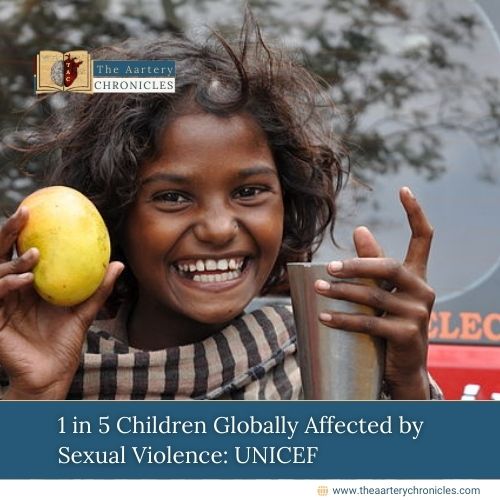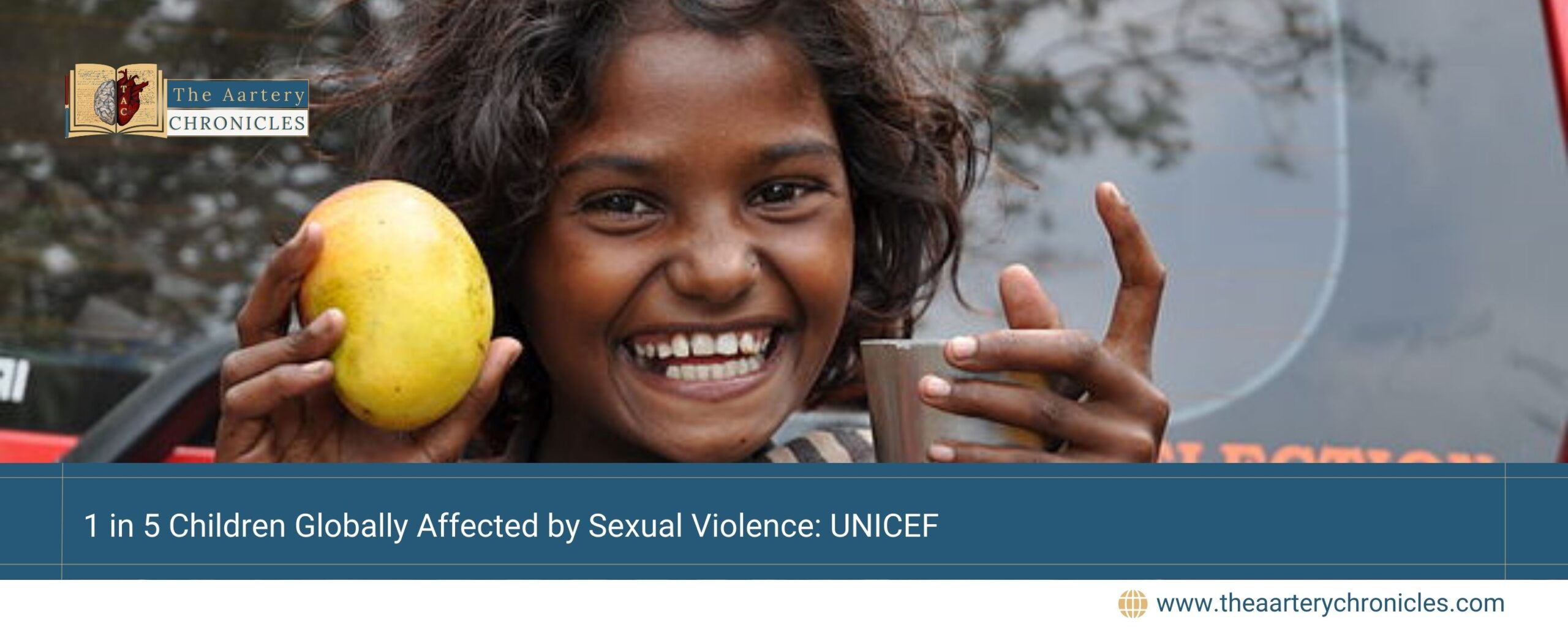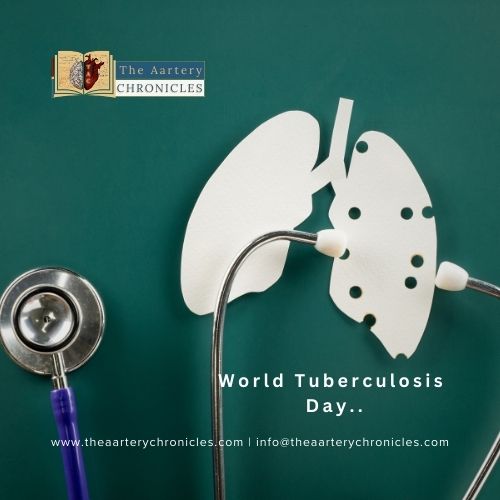

1 in 5 Children Globally Affected by Sexual Violence : UNICEF
The United Nations children’s agency, UNICEF, revealed that over 370 million girls and women worldwide—about one in every eight—have experienced rape or sexual assault before turning 18. This alarming figure rises to 650 million, or one in five when considering “non-contact” forms of sexual violence, such as online harassment or verbal abuse. The findings are part of the first comprehensive global report on the issue.
Impact on Boys and Men
While girls and women are disproportionately affected, the report also shows that 240 to 310 million boys and men, or approximately one in 11, have suffered from sexual assault during childhood.
The Scale of the Problem
UNICEF highlighted that the true extent of sexual violence is difficult to measure due to
- Stigma
- Underreporting
- Challenges in collecting accurate data
The report was published in preparation for the inaugural Global Ministerial Conference on Ending Violence Against Children, which will be held in Colombia next month.
Call for Urgent Action
UNICEF’s findings emphasize the need for urgent global action to combat sexual violence against children. The organization stressed the importance of
- Strengthening laws
- Supporting children in recognizing and reporting abuse
- Improving data collection to fully understand the scope of the problem
Regional Breakdown of Sexual Violence
Sexual violence affects children across all geographical, cultural, and economic settings. However, Sub-Saharan Africa has the highest number of victims, with 79 million girls and women (22%) affected. Other regions also report significant numbers:
- Eastern and South-Eastern Asia: 75 million (8%)
- Central and Southern Asia: 73 million (9%)
- Europe and Northern America: 68 million (14%)
- Latin America and the Caribbean: 45 million (18%)
- Northern Africa and Western Asia: 29 million (15%)
- Oceania: 6 million (34%, the highest percentage globally)
Vulnerability in Fragile Settings
In regions with weak institutions, ongoing conflicts, or large refugee populations, such as those under U.N. peacekeeping forces, the risk of sexual violence increases significantly, affecting 1 in 4 children.
Lasting Impact of Sexual Violence
Catherine Russell, UNICEF’s Executive Director, called sexual violence against children “a stain on our moral conscience.” She noted that the perpetrators are often individuals the children know and trust and that the abuse happens in places where children should feel safe.
- The majority of sexual violence occurs during adolescence, particularly between ages 14 and 17.
- Victims are at higher risk of developing
- Sexually transmitted diseases
- Substance abuse problems
- Mental health issues
Delays in disclosing abuse or keeping it secret can worsen these effects.
Need for Better Data and Global Efforts
UNICEF called for increased investment in data collection to better understand the problem, particularly regarding boys’ experiences. The report was based on national surveys conducted between 2010 and 2022 in 120 countries, with estimates for boys and men drawn from a broader range of sources.
UNICEF hopes this report will spur action to address this global issue, protect vulnerable children, and help them heal from the trauma of sexual violence.
Source: Inputs from various media Sources









